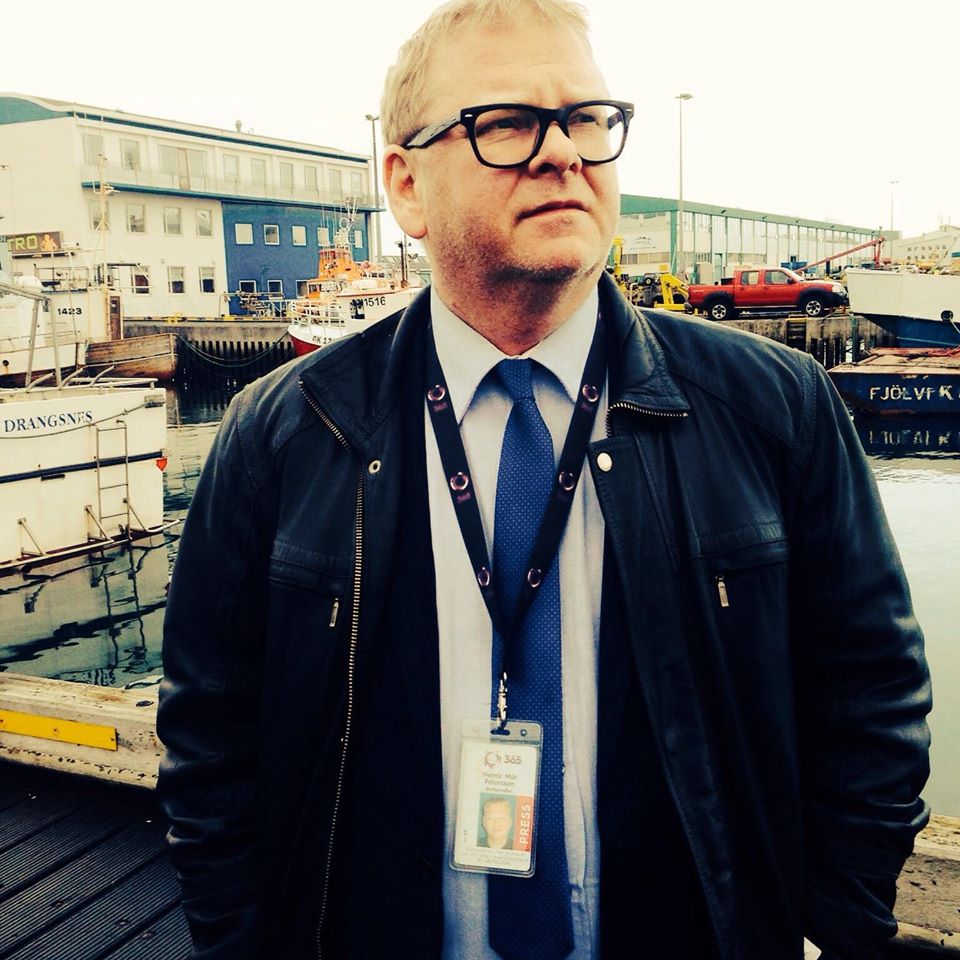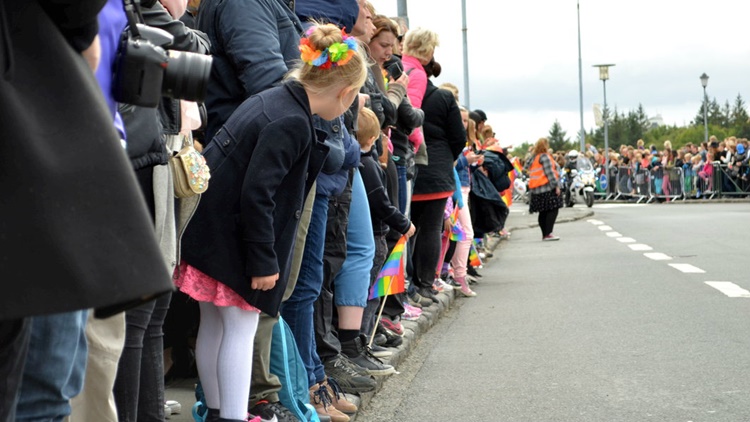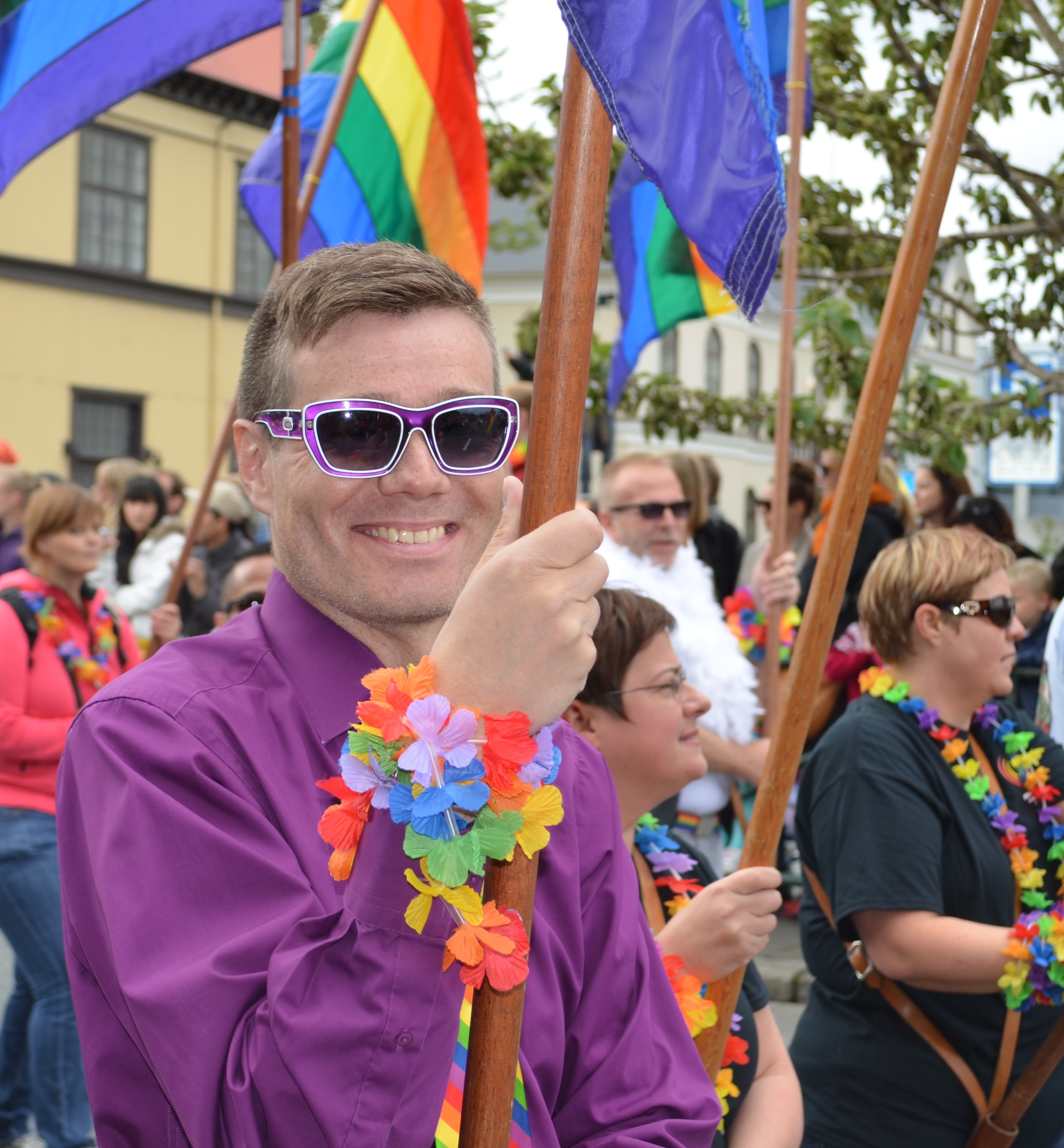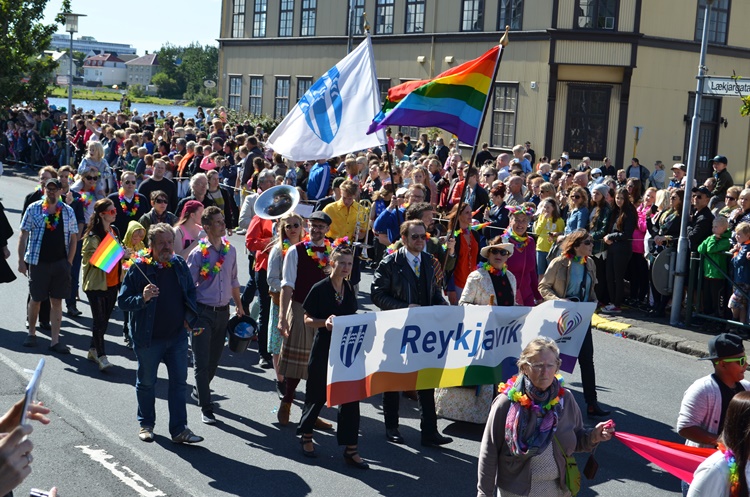Thirty years after the Stonewall riots in New York in June 1969, the national queer organization Samtökin ‘78 wanted to commemorate the event by having a small festival in Reykjavík. Although news of the event were only spread by word of mouth about fifteen hundred people showed up, much more than expected.

“It surprised me that there weren’t just LGBTI+ people who came. There were straight people too, friends and family members showing support,” says Heimir Már Pétursson, one the founders of Reykjavik Pride and its manager for eleven years. “On that moment I sensed the times were truly changing and felt we needed to do more.”
The change in public opinion that Heimir sensed was due to the relentless hard work of Samtökin ’78 and soon he approached them with the idea that they should throw a parade like the LGBTI+ community was doing in other countries. It wouldn’t be the first time an attempt was made to have a parade in Iceland; before one had been done but more in the form of a demonstration. Heimir suggested a different approach. The next thing he knew he was on a plane to Glasgow to attend the first InterPride meeting in Europe and came back full of ideas.
“There were many among us who though that we could never pull of a successful parade like we’ve seen in other countries. They were afraid no one would show up and it would be an embarrassment. Therefore I suggested calling it “Gleðigangan” (Gay parade, or Gay Pride) with the emphasis on the word gay, meaning happy and joyful.
“The big change was that friends and family were now openly proud of us … Before, friends and family showed their support by keeping our secret.”
I didn’t want to call it skrúðganga, the traditional Icelandic word for parade, where the definition of the prefix ´skrúð´ means decorative or an ornament. The Gay Pride was supposed to be a celebration of our accomplishments and a commemoration of the ones who put their lives at risk fighting for our rights, and a celebration of who we are. Showing up angry with a bitter look on our face was not an option. The idea was that joy would be our biggest weapon.”
The preparation for Gleðigangan (Gay Pride) began in the fall of 1999. The goal was set high and there was a lot of work to be done. To get funding a program was to be printed in a well designed magazine with articles and interviews and paid advertisement. The next thing was to get someone to buy the ads and things started rolling when Reykjavík city offered its support. “The city has been a huge beneficiary right from the start, and all the mayors have been very supportive. The city has been our rock,” says Heimir. Soon big companies like the insurance company VÍS, Icelandair Hotels and Landsbankinn jumped on board.

“Rules of a society are not set in stone … without nurturing of human rights the danger rises that they will disappear giving rise to opposing forces.”
“Pride was at the core of everything we did, because nobody should feel ashamed about their sexual orientation. We caught the attention of the media that gave us plenty of coverage. We ran ads in the big newspapers and on bus stops, which was considered a rather bold move. Furthermore we planned for the parade itself to go from Hlemmur bus stop and all the way down Laugarvegur, the main shopping street, which some of the sceptics thought was a bit too much. Also, we encouraged the public the come and celebrate with us, an unusual request compared to similar parades abroad.”
A curtain of rain beat down from the sky on the day of the parade, and Heimir felt doubtful for the first time. “For a brief moment I was sure this would be a failure,” he recalls. “Although I was still sure we’d be well received by the general public, and at least a few people would cheer us on.”

But, nothing could have prepared Heimir for what happened as the parade with its manually pushed floats marched around the corner onto street Laugarvegur. “My heart lost a beat as tears rolled down my cheeks.” Twelve thousand people on each side of the street stood there smiling in the rain with hundreds of rainbow flags in hand. “Not in my wildest dreams did I expect to see so many people. Before, friends and family showed their support by keeping our secret. The big change was that friends and family were now openly proud of us. The transformation from being a victim to someone who’s proud of who they are was crucial.”
Today the Reykjavík Pride Parade is one of Reykjavik’s most anticipated events, attracting close to one hundred thousand people from all over. “Every year there is a moment at the Pride Parade when I find myself in tears of joy in celebration of the courage of our people and all the victories, and the enormous and ever-growing support of the general public that got tired of a minority being pushed into a corner.”
Although Reykjavik Pride is hugely important to the LGBTI+ society, it has also left a defining mark on the nation in whole who now prides itself in celebrating diversity.
“The parade is a platform to unite all kinds of people, for friends and family to show support and even though we feel the love here in Iceland we are reminded that in many parts of the worlds our brothers and sisters are being treated with hate, persecution and threats,” says Heimir. “In addition, Reykjavík Pride has helped Reykjavik become an important city that is now visited by fifty-five thousand LGBTI+QI tourists every year.”
He adds: “But without constant nurturing of human rights the danger rises that they will disappear giving rise to opposing forces. Rules of a society are not set in stone and every generation needs to be reminded of the past to guide them so they are able to create an even better society. That is why Reykjavík Pride will always be relevant.”

All photos (except the one of Heimir Már) by Sigurþór Gunnlaugsson


